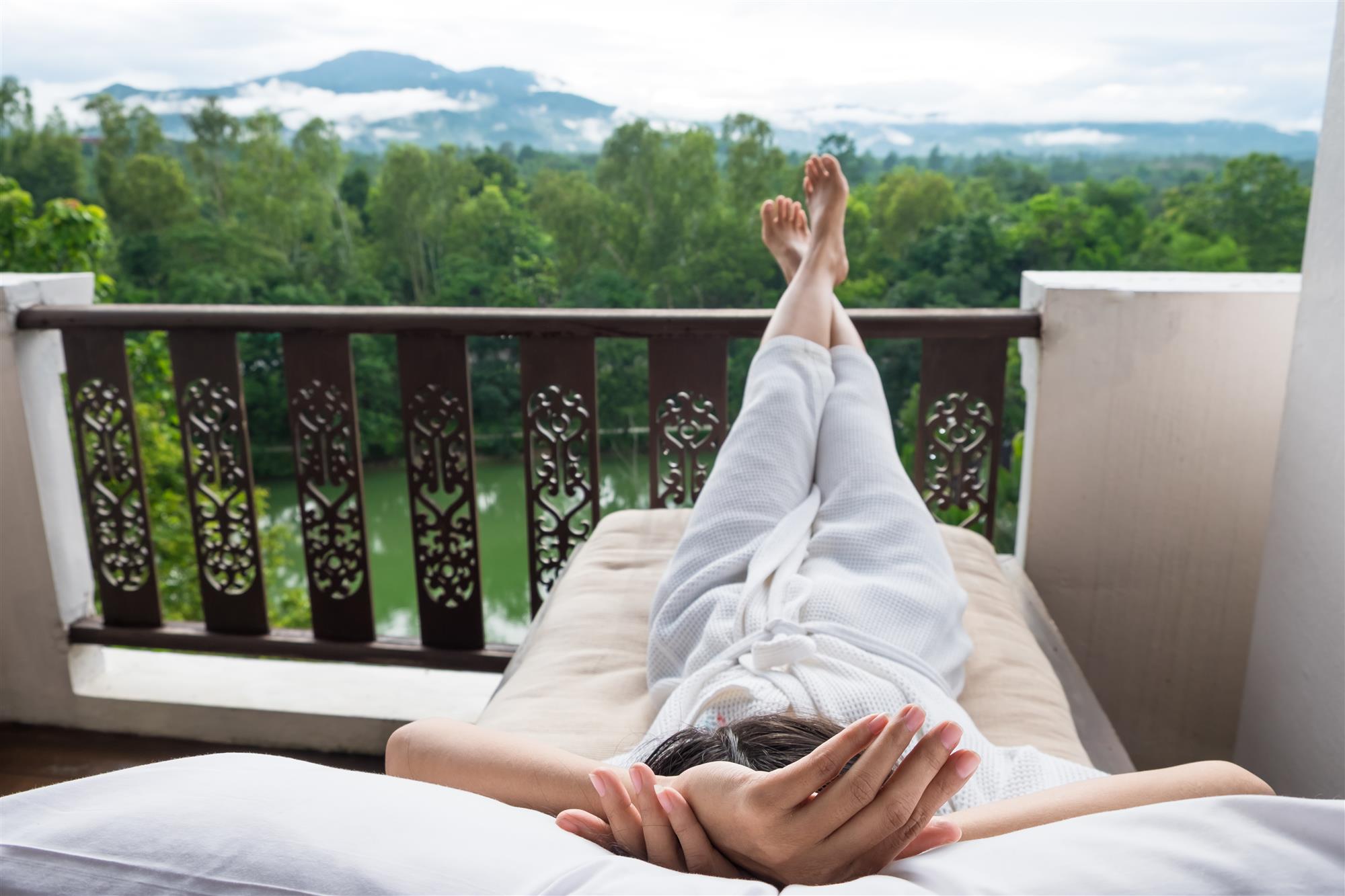By Mandeep Lamba, Dipti Mohan
It’s no secret that after COVID, staycations – vacations near to home, within the same city, or at drive-able destinations – are becoming increasingly popular around the world. Staycations allowed people to escape their daily routines post the many lockdowns, while also helping the hotel industry in weathering the COVID-storm when demand from all other customer groups came to a halt. Furthermore, with the rise of work-from-home and e-schooling, many people were able to enjoy staycations without taking long leaves. In the past year, everyone from homestay and vacation rental owners to hoteliers with properties in a variety of categories has tried to capitalize on this trend to generate revenue. However, a common concern in the hotel sector is whether this is a short-term trend that will fade away once the pandemic is over, or if it is here to stay.
Staycation is not a new concept, but its popularity grew during the pandemic, and it will continue to gain prominence in the medium term as travel preferences have evolved significantly in recent months. With pandemic-related restrictions impacting long-distance travel, people have rediscovered the perks of road trips and are exploring destinations in their own backyard. Moreover, people have realized that staycations are more eco-friendly, relatively less expensive, and less complicated than regular vacations, which include the inconveniences of airline or train bookings, among other things. These trips can be spontaneous and taken at short notice, making them ideal for individuals who need quick, short breaks to disconnect and unwind. As a result, while people will be eager to travel to new, far-off destinations once the pandemic abates, they will likely balance it out with staycations and short weekend getaways at places closer to their homes.
Staycations, which became a means of survival during the pandemic, can now grow into a long-term opportunity for hoteliers due to this shift in travel behavior. It can assist offset seasonality by increasing occupancy in leisure destinations during the off-season and at city hotels on weekends. It is, therefore, time for hoteliers to get creative, test out new engaging concepts, and create unique experiences for local guests to differentiate themselves from their rivals.
To attract diverse consumer groups – multi-generational families, couples, families with small children, lone travelers, pet-parents, etc. – specially curated dining or wellness packages or those based on particular local events, themes, or activities can be designed. A family movie night package, for example, could include a private screening of their favorite movie in the hotel banquet, complete with popcorn and munchies. In the absence of international travel, another global staycation trend is hoteliers attempting to replicate international trips for guests by re-decorating hotels to look like foreign destinations, with some even providing boarding passes to make guests feel that they were going on a flight.
Hotels can also partner with local attractions like museums, amusement parks, and restaurants to provide guests with unique experiences. Heritage walks with historians, specially curated wine tastings, cooking and mixology workshops with local celebrity chefs along with pet-friendly and kid-friendly amenities such as rooms with kids’ tents and board games can be other attractions. Staycations, if properly advertised and packaged, can become a crucial differentiator for a hotel, helping generate additional business even after the pandemic.



